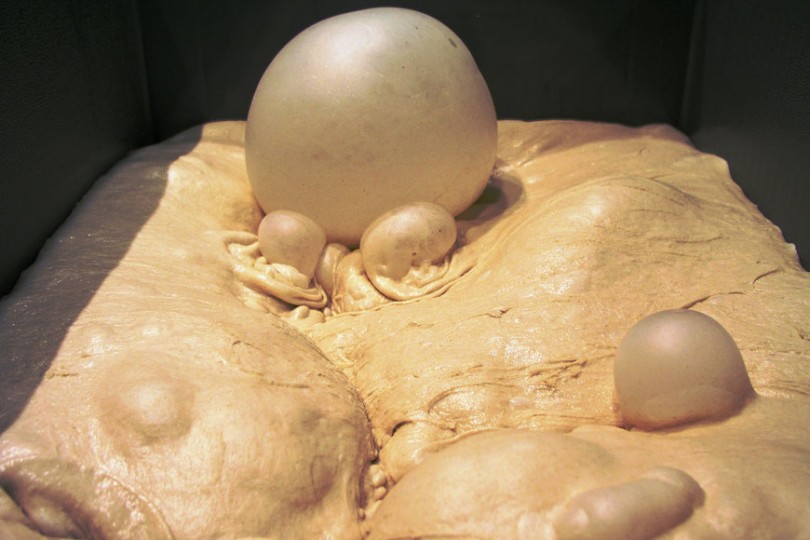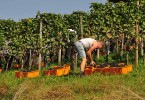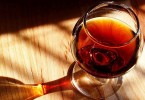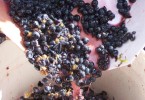Wine yeasts: miracles of the winemaking since the dawn of time
The miracle of the transformation of grapes in wine has always fascinated the human beings that for centuries have just observed the phenomena as a real divine gift, taking advantages from its effects.
At the beginning it was considered as a simple dissolution of organic substances, and only in the XVIII century Antoine Lavoisier understood that the transformation in alcohol and carbon dioxide occurred thanks to the sugars in the grapes.
In 1854 Luis Pasteur showed that the fermentation was a living event and it was connected to small living organisms: the yeasts.
The yeasts
The yeasts are single-celled microorganisms classified as members of the fungus kingdom. There are more than a thousand species with different characteristics and they are classified in aerobes and anaerobes, based on the need of oxygen for their survival
Moreover, they differ for their shape, that can be roundish, elliptical or apiculata. Their size can vary between 2 and 40 micron and different chromium plating.
They can grow really quickly in a particular environment where they can reproduce by fission or budding.
Wine yeasts
The role of the yeasts during the vinification process is fundamental. Not only they aim to concentrate the wine alcoholic volume, but also their effectiveness has a great influence, above all, in the organoleptic properties of the wine itself, from the aromas to the taste. The yeasts increase the quality and the rapidity of the final product clarification.
Some yeasts species, naturally living in the air, in the vineyards and the cellars contributes to the fermentation of the musts: laying down on the grape peels, they spread their particular characteristics to the wine during the fermentation process.
During this moment, the amazing magic of the nature give to the wine that characteristic bouquet and that characteristic perfume which make it the famous Gods nectar.
Despite this, many other natural yeasts species aren’t suitable for the winemaking process because they produce high concentration of acetic acid and other substances that can compromise the wine balance, moreover they have low fermentation abilities.
Although the wind and insects continuously transport them, they can also influence in a negative way on the flavour and the aroma. This is why today, it is preferable to use particular substances which stop the action of the autochthon yeasts. These substances are, in fact, selected yeasts, which well-known effects and actions, assuring an effective fermentation process and a high-quality final product characterized delicacy, elegance and high balance.
The most used yeast family is the Saccharomyces, characterized by the Cerevisiae variety used for musts with a normal sugary content; the Bayanus variety, instead, is used for highly sugary musts and for sparkling wines produced with the traditional method.
The selected yeasts, really useful and spread in the market, are called LSA (“Lieviti Secchi Attivi”, in English Active Dry Yeasts); they are freeze-dried and with a small-steaks shapes.
Before adding the yeasts to the must, it is necessary to melt them in warm water, 10 or 20 gr per hectolitre.







